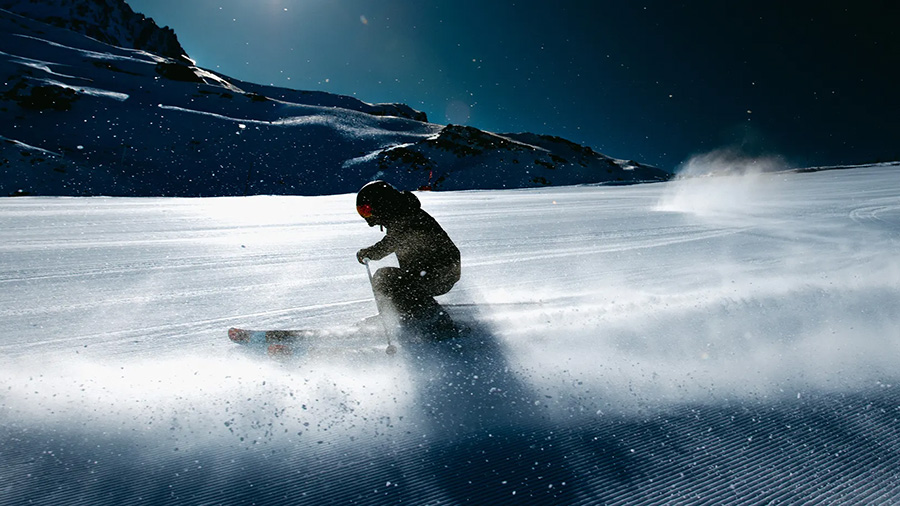The Federation of the European Sporting Goods Industry (FESI) completed its annual market research of sell-in data for ski products, comprehensively evaluating the ski market’s evolution. FESI, representing 25 leading ski brands in Europe and globally, collected and anonymized the data to present its market insights.
“The March 2022 to March 2023 season analysis carried out by FESI, encompassing volumes of alpine skis, ski boots, bindings, touring skis, and Nordic skis sold to distributors and retailers, brings forth several key findings, indicating positive trends and promising outlook for the ski industry,” stated René Harrer, the head and chairman of the Winter Sport Taskforce at FESI. “The recovery of the ski industry to pre-COVID sales levels, despite various challenges, reflects the resilience and adaptability of both businesses and consumers. This positive outlook bodes well for the future of the ski market”.
COVID Recovery
Despite a mild and dry winter season and an expectedly flat Russian market, FESI indicated that the ski industry had shown a strong recovery. The analysis revealed that 3,672,962 pairs of Alpine skis were sold in the season, almost the same amount as the pre-COVID 2019/20 season, which was very good for the industry. The ski market reportedly returned to pre-COVID sales levels, with overstock becoming less of an issue. FESI said the recovery is an encouraging sign for the industry’s future.
Alpine Ski Products Lead the Way
Alpine Skis, bindings and ski boots emerged as “star” products, according to FESI’s review of the data, driving market growth with an average increase of 20 percent to 35 percent. FESI said the strong performance of the products, supported by a reopening of ski resorts and slopes, and solid growth in the traditional markets of Germany, Austria, Italy, France, and Switzerland, demonstrated the “enduring popularity” of alpine skiing among consumers.
Touring Sector
FESI noted a slight slowdown in the touring sector due to a drop in “newcomers” to off-piste trails when resorts and prepared slopes reopened after COVID. Nonetheless, it said the touring segment remained an essential and healthy part of the ski market, “catering to adventurous skiers seeking off-piste experiences and backcountry exploration provided this is happening in a safe manner.”
Nordic Ski Segment
FESI said the data showed a net decline in the Nordic ski segment in its latest study due to insufficient snowfall in some regions this past season. However, it believes the setback did not diminish the long-term potential of the Nordic ski market, which remains an integral part of the winter sports industry unless climate change accelerates the increased snow line.
In conclusion, after several difficult seasons in a row, FESI’s annual ski market data for 2023 revealed resilience in the ski market, with seasoned enthusiasts and new participants embracing winter sports fervently.
“I am thrilled to witness the remarkable recovery our members have achieved. While we celebrate this success, we cannot overlook the pressing concerns posed by climate change. Therefore, we are determined to redouble our efforts through our milestone initiative, the Winter Sports Sustainability Network (WSN). In this spirit, we extend a heartfelt invitation to all companies engaged in the production of skis and ski boots to join forces with us. Together, we can drive meaningful change and contribute to a sustainable future,” FESI Secretary General Jerome Pero emphasized.
Photo courtesy Salomon














